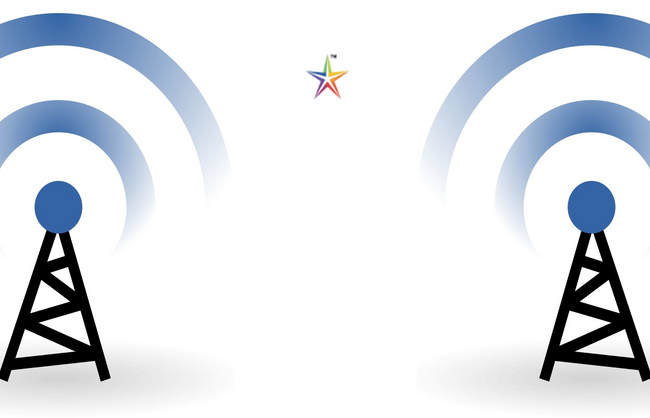Physee Introduces Window That Doubles as a Solar Panel

When most people think of a solar panel, they think of large modules with bulky electrical equipment. While solar panels can save a house or smaller commercial building a lot of money, bigger buildings, like New York City’s iconic skyscrapers, don’t receive the same cost-benefit ratio as their smaller counterparts.

iReviews Shopping Assistant
Find the best prices for this and many other products with our chrome extension
But thankfully, there is a startup making solar energy more versatile with windows. They’re already using their new solar window technology on a commercial application: a Dutch bank’s headquarters. The solar panel windows look exactly like regular windows—they’re fully transparent. The windows consist of small solar cells installed in the edges at a specific angle.
The startup, named Physee, wants to make modern commercial and housing estates energy neutral. Co-founder and CEO Ferdinand Grapperhaus says, “Large commercial estates consume a lot of energy. If you want to make these buildings energy neutral, you never have enough roof surface. Therefore, activating the buildings’ facades will significantly contribute to making the buildings energy neutral.” He says that the cost of the wiring bringing power from the grid to windows is considerable in large commercial estates. As a result, investing in power-generating windows would make commercial sense.

Small Changes Make A Big Impact
Physee first revealed their innovative product, the PowerWindow, in June. The bank who generously allowed to be the pilot program is the headquarters of Rabobank, the Netherlands’ biggest bank. The bank now sports 323 square feet (30 square meters) of the solar panel windows. Physee says that the bank employees can charge their phones through USB ports connected to the windows.
According to Grapperhaus, the windows could generate anywhere from 8 to 10 watts of power. Furthermore, the cells work in the spacer of double- and even triple-paned windows. “This enables the user to charge a phone per every square meter [11 square feet] two times a day,” he says.
Solar Panel Windows of the Future
This pilot program has made Physee popular, and other companies in the Netherlands have also approached Physee to use this new technology. The new type of solar panel windows won Physee a spot on the World Economic Forum’s 2017 Technology Pioneers list. The list consisted of 30 firms developing various technologies, including artificial intelligence, cybersecurity solutions, and biotechnology.
Grapperhaus said Physee’s presence on the list shows that the world is starting to take climate change seriously, and that “ten years ago, sustainability was something that wasn’t taken very seriously. Not by venture capitalists, not by many governments and neither by large corporations. What I have seen over the last three years is that corporations are becoming more and more responsible, and governments are becoming more and more supportive. And venture capitalists are becoming more and more interested [in sustainability].”
In late June, Amsterdam-based charity the Postcode Lottery had PowerWindows installed. Soon, Physee moves forward with its first large-scale project: a 19,000 square foot (1,800 square meters) installation. The new installation will be in the Bold Tower, a large residential complex in Amsterdam.
I believe that every new type of glass needs power.
– Grapperhaus

New Innovations Accelerating Tomorrow’s Technology
Physee is currently working on the next-generation technology to triple PowerWindows’ efficiency. They plan to coat the second generation of windows with a special material—based on the rare-earth metal thulium. During their time at the Delft University of Technology, Grapperhaus, with his friend Willem Kesteloo, discovered the ability of thulium to transform oncoming visible light into near-infrared light. Consequently, the near-infrared light is transported toward the solar cells in the windows.
Grapperhaus explains it in a more elementary way: “It works similarly to a [glow-in-the-dark star]. The difference is that the glow star emits the green wavelength, but the coating on our windows emits light in near-infrared wavelength.”
“Over time,” Grapperhaus says, “our efficiency will improve further due to the development of better solar cells but also because of the economies of scale.”
Right now, we are looking for iconic projects all over the world to show that a large glass building can be made energy neutral in an aesthetic way.
– Grapperhaus
Because Physee wants everything to work smoothly across large buildings, building management can also get a top-level view. Their dedicated app, EESY, communicates important PowerWindows information, like electricity generated, money saved, and battery performance.
These solar panel windows would be great paired with Tesla’s Powerwall 2. Add Sense and LaDouche Hot Water Heater, and you have a great smart home system going.
Sources: Live Science, and Hydrogen Fuel News





